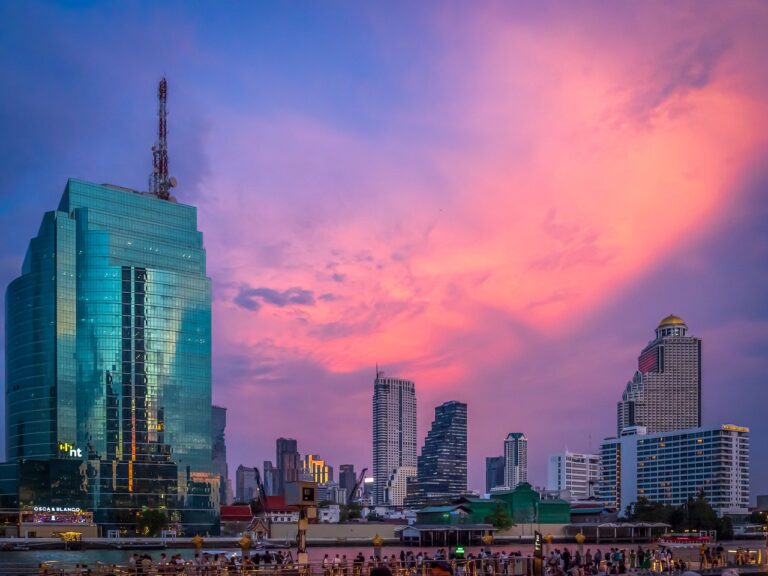The Future of Space Exploration: Mars Colonization and Interplanetary Tourism
The harsh Martian climate presents one of the major challenges for establishing a human presence on the red planet. With average surface temperatures around minus 80 degrees Fahrenheit, extreme dust storms, and high levels of radiation from the lack of a protective atmosphere, ensuring the safety and well-being of human explorers is a paramount concern.
Additionally, the distance between Mars and Earth poses significant logistical challenges. The average distance between the two planets is approximately 140 million miles, making communication delays inevitable. This distance also complicates emergency response times, supply missions, and the overall sustainability of a human colony on Mars. Navigating these obstacles will require innovative solutions and careful planning to secure the success of any future human missions to the mysterious and unforgiving world of Mars.
• The harsh Martian climate with average surface temperatures around -80 degrees Fahrenheit
• Extreme dust storms and high levels of radiation due to lack of protective atmosphere
• Ensuring safety and well-being of human explorers is a paramount concern
• Distance between Mars and Earth poses significant logistical challenges
• Average distance of approximately 140 million miles leads to communication delays
• Complicates emergency response times, supply missions, and overall sustainability of a human colony on Mars
• Navigating these obstacles will require innovative solutions and careful planning for success
Potential Benefits of Colonizing Mars for Earth
Colonizing Mars has the potential to offer numerous benefits for Earth. One of the most significant advantages is the opportunity for scientific advancements. The knowledge gained from exploring and inhabiting Mars could lead to breakthroughs in various fields, from technology and medicine to environmental sustainability.
Moreover, establishing a human presence on Mars could serve as a backup plan for humanity. With the growing concerns about Earth’s future due to climate change and other potential threats, having a self-sustaining colony on Mars could ensure the survival of the human species. This redundancy in habitation could provide a sense of security and continuity for our civilization.
Technological Innovations Needed for Mars Colonization
One of the key technological innovations necessary for successful colonization of Mars is advanced life support systems. These systems must be capable of sustaining human life in the harsh Martian environment, providing breathable air, food production, and water recycling. Developing compact, energy-efficient, and reliable life support technologies is crucial to ensure the health and well-being of future Martian settlers.
Another critical innovation needed for Mars colonization is advanced propulsion systems for transportation between Earth and Mars. Current spacecraft propulsion technologies are not efficient or fast enough for regular travel to the Red Planet. Developing new propulsion systems, such as nuclear thermal propulsion or advanced electric propulsion, will be essential to reduce travel time, increase payload capacity, and make Mars colonization a viable reality.
What are some of the key challenges in establishing a human presence on Mars?
Some of the key challenges include radiation exposure, extreme temperatures, lack of breathable air, and isolation from Earth.
What are the potential benefits of colonizing Mars for Earth?
Colonizing Mars could lead to advancements in technology, stimulate economic growth, provide a backup for humanity in case of a catastrophic event on Earth, and potentially lead to the discovery of new resources.
What are some of the technological innovations needed for Mars colonization?
Some of the technological innovations needed include sustainable food production systems, advanced life support systems, efficient energy sources, reliable communication systems, and safe transportation methods to and from Mars.





